May 6, 2024 | 03:42 GMT +7
May 6, 2024 | 03:42 GMT +7
Hotline: 0913.378.918
May 6, 2024 | 03:42 GMT +7
Hotline: 0913.378.918
Mr. Tran Viet Truong, Chairman of the Can Tho Municipal People's Committee, told Vietnam Agriculture News that to determine the center point of the linkage between the Mekong River Delta and Ho Chi Minh City, as well as the Southeast region, it is necessary to define the linkage's bottlenecks.
On December 17, 2021, during the Mekong Connect Forum 2021 titled "Economic recovery and development connectivity in the new normal," MARD Minister Le Minh Hoan proposed the notion of "viewing the Mekong River Delta in a newer perspective." As the delta's center, could you tell us about the state of Can Tho city in this regard?
We are all aware that the Mekong River Delta is located near Ho Chi Minh City and the Southeast region - which has the country's biggest economy and most dynamic region. If properly integrated, the Mekong Delta would not only optimize its competitive advantages but will also contribute to the creation of a harmonic and comprehensive economic system for the whole Southern economic area. To establish a connection between the Mekong Delta, Ho Chi Minh City, and the Southeast, it is necessary to first identify the bottlenecks in this connection.
To begin, communication between Ho Chi Minh City and the Southeast area and the Mekong River Delta has been created for years, particularly in vicinity provinces such as Long An, Tien Giang, and Ben Tre. These provinces supply the majority of the manpower and goods for Ho Chi Minh City.
However, firms in the Mekong River Delta are often controlled by those in Ho Chi Minh City, and the region has struggled to establish a value chain for its goods.
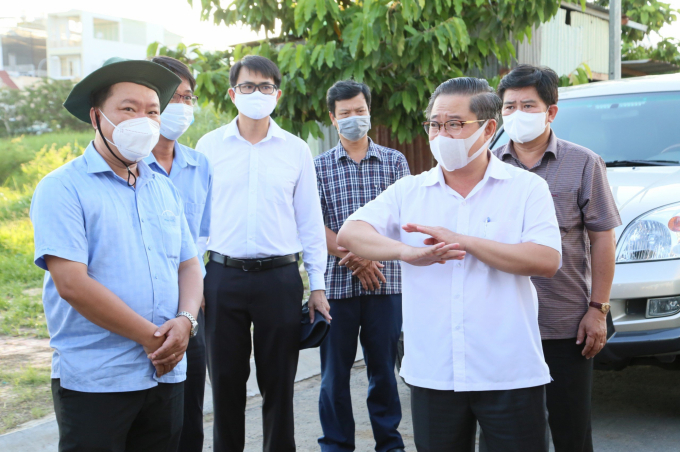
Mr. Tran Viet Truong (right) - Chairman of the Municipal People's Committee of Can Tho: To determine the link between the Mekong Delta, Ho Chi Minh City, and Southeast region, it is necessary to identify the bottlenecks in this connection. Photo: Le Hoang Vu.
Second, the transportation infrastructure is deficient, inadequate, and out of sync. Routes linking Ho Chi Minh City to the Southeast area, in particular, are often congested, blocked, and deteriorated. This vulnerability must be a result of a lower share of public investment in transportation infrastructure in the Mekong River Delta compared to the region's economic size and population.
On the other side, investment in infrastructure for the Mekong River Delta is expensive, owing to the delta's low-lying and fragile soil. This transportation infrastructure system increases logistical costs in the Mekong Delta, diminishing product competitiveness and the region's appeal to investors and visitors.
With those obstacles being identified, we can describe the top concerns that the Mekong River Delta has to address to link to Ho Chi Minh City and the eastern region. These items must be executed methodically and synchronously to increase the connection's proximity, effectiveness, and substance.
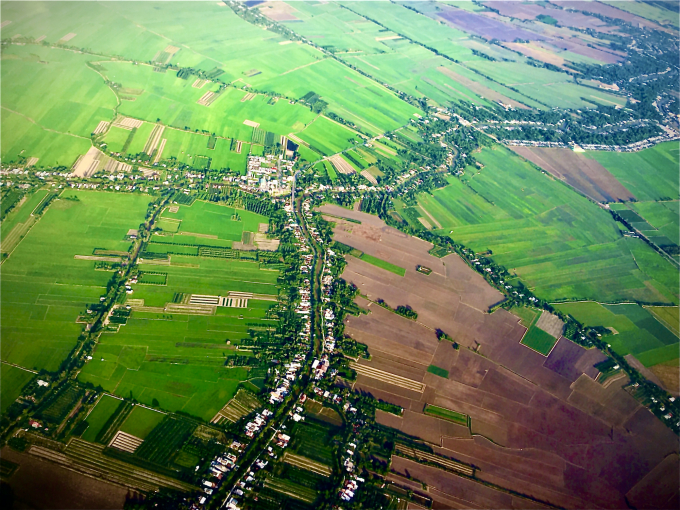
The picture of the Mekong Delta from the bird-eye view. Photo: Quoc Trung.
Through the Covid-19 epidemic, we may detect more internal difficulties in the Mekong Delta agricultural business. What is your assessment of the region's economic growth potential?
As we previously reported, on November 3, 2021, the Chairmen of the People's Committees of seven provinces and cities in the southern Hau river area, including Can Tho, Soc Trang, An Giang, Kien Giang, Hau Giang, Bac Lieu, and Ca Mau, signed a program on cooperative efforts in the prevention of the Covid-19 epidemic and socio-economic development to effectively implement the Government's Resolution on the regulation of provisional decision "Adapting safely, flexibly, effectively controlling the COVID-19 epidemic".
In which, the top priorities are put on protecting human health and the lives of residents, restoring and developing the economy and society, stabilizing supply chains in provinces and cities along the South Hau River and its vicinities, particularly for essential goods and services, and facilitating the safe and orderly movement of workers and enterprises, all of which contribute to bringing the Mekong Delta and the entire country back to normalcy in the coming time.
In terms of regional connection, I can outline many of the models now being implemented as follows: To begin, via the implementation of inner cooperation in socio-economic development and environmental and natural resource preservation by government agencies. Second, product chains self-organize in response to market demands, with or without the involvement of governmental authorities.
Regional connection projects are initiated voluntarily at the local level, for example, between seven provinces and cities south of the Hau River, or between development partners with a common interest in assisting the Mekong Delta area. Additionally, in response to market demand for connecting and growing value chains, the four provinces of An Giang, Ben Tre, Can Tho, and Dong Thap formed the aforementioned network in collaboration with enterprises, several NGOs, and the Provincial Chamber of Commerce and Industry.
To accomplish the Mekong River Delta's development objectives, including the regional inner goal in general and the inter-regional goal between the Mekong River Delta and Ho Chi Minh City and the Southeast area, it is necessary to include strategies for mobilizing and distributing investment capital. In which public investment continues to play a significant role, particularly in large-scale technological infrastructure projects, as well as defense and security. Simultaneously, encourage private investment in the Mekong Delta. What particular priority steps, should be implemented shortly, Sir?
The measures include examining and eliminating impediments to financial mechanisms and regulations to improve the legislative framework, as well as making the investment policy more transparent via PPP projects. Develop systems and regulations to promote involvement in infrastructure development by all economic sectors. Provide public services and place a priority on investment in the processing sector, advanced technology, agriculture, and rural regions. Encourage the adoption of programs aimed at socializing investment in a variety of sectors such as health, education, culture, and sports...
Enhancing domestic private sector and FDI investment, as well as the quality of designing a complete promotion plan that is suitable for the relevant institutional environment.
Effectively fulfill the locality's responsibility after the region considers establishing the Mekong Delta Single Window Investment Promotion Agency (IPA). The IPA's mission is to create awareness, relationships, and particular, targeted, and regional investment possibilities to attract private investment. Upgrades to infrastructure (highways, ports, inland waterways...), as well as processing, logistics, marketing, value-adding, financial, and commercial services at the regional focal point, are particularly important.
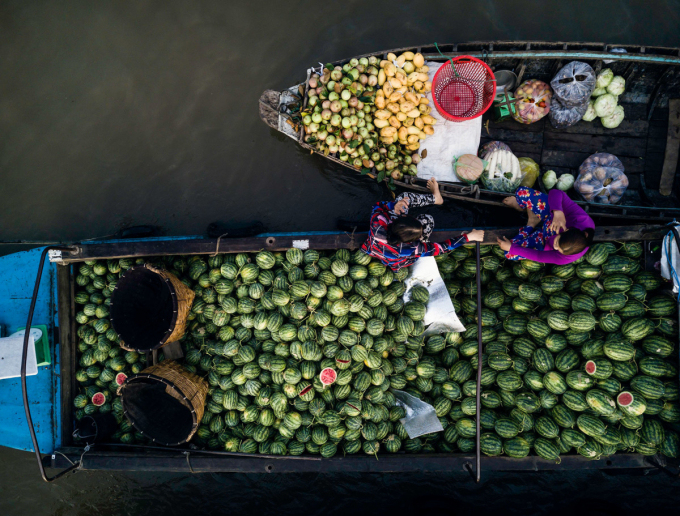
Boats selling goods on the river at Phong Dien floating market, Can Tho. Photo: Carlos Antunes.
Implementing investor after-sales support initiatives, assisting local consumers in developing strong ties with investors. Facilitating investment businesses' retention, growth, and diversification via strong collaboration with local suppliers.
Encourage participation in regional and international investor promotion programs established by government agencies and investment promotion organizations in the Mekong River Delta via forums such as AMCHAM and EuroCHAM.
Examining existing regulations to develop novel procedures and strategies for mobilizing private capital via the franchise of road, waterway, and seaport infrastructure assets.
Increase and diversify the types of investment incentives available to attract investors to the area. Conduct research on the mechanism of land fund exploitation in Can Tho's core urban region to attract significant firms in the construction, real estate, technology, agro-fishery, import-export, and foreign investment funds sectors to the Mekong Delta.
Thank you!
Translated by Linh Linh
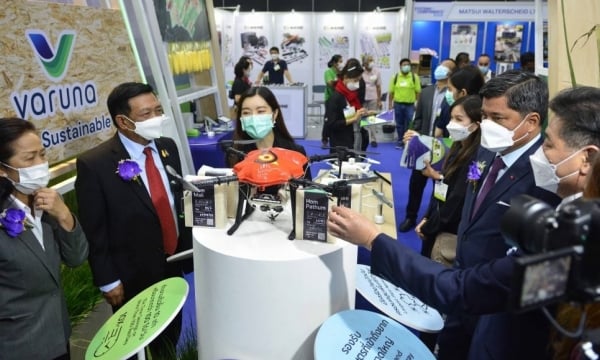
(VAN) Agritechnica Asia & Horti Asia 2024 takes place from May 22-24, 2024, at the Bangkok International Trade & Exhibition Centre (BITEC), Thailand.
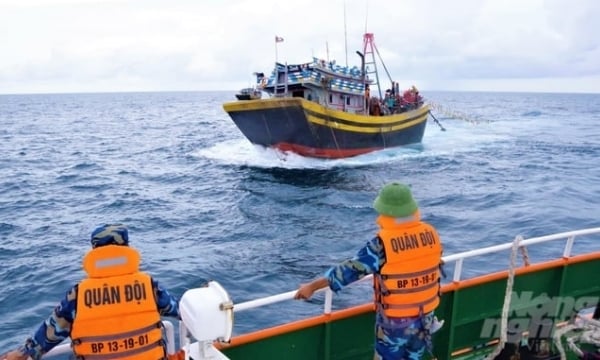
(VAN) Border Guard Command of Binh Thuan and Ba Ria- - Vung Tau coordinate to enhance strict management over fishing vessels to remove the EC 'yellow card'.
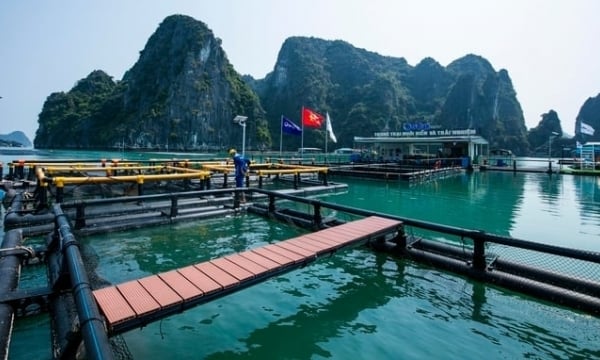
(VAN) With the aim of supporting the transition to HDPE aquaculture, STP Group introduced three support packages to provide fishermen access to new mariculture technologies.
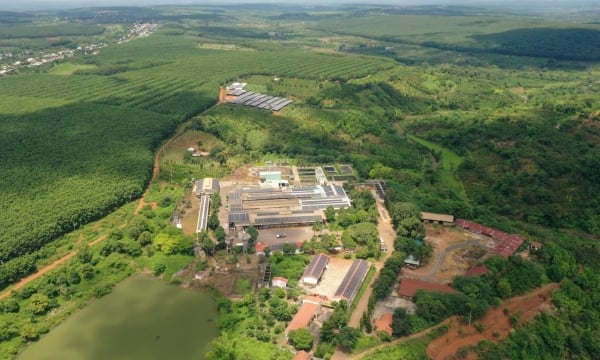
(VAN) The Vietnam Rubber Group (VRG) is collaborating with the Office of Sustainable Forest Management Certification and the Institute of Forestry Science to plan for implementation of EUDR regulations beginning in June 2023.
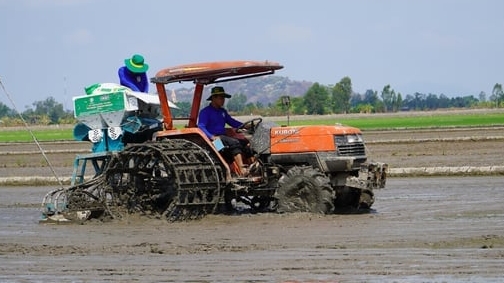
(VAN) According to the draft payment scheme for emission reduction results from the Project for one million hectares of high-quality rice, farmers in cooperatives and cooperative groups will be the primary beneficiaries.
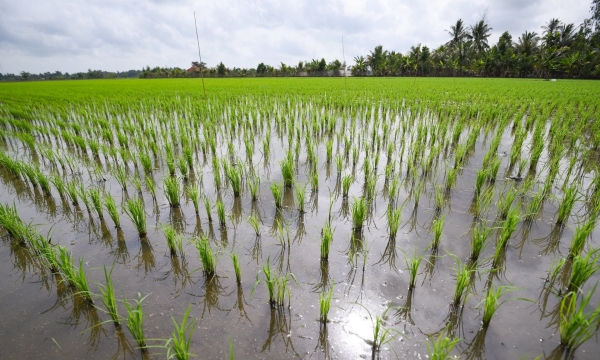
(VAN) Minister Le Minh Hoan has urged for a solution to effectively communicate the benefits of applying emission-reducing agriculture practices in the 1 million hectares of high-quality rice project in the Mekong Delta.
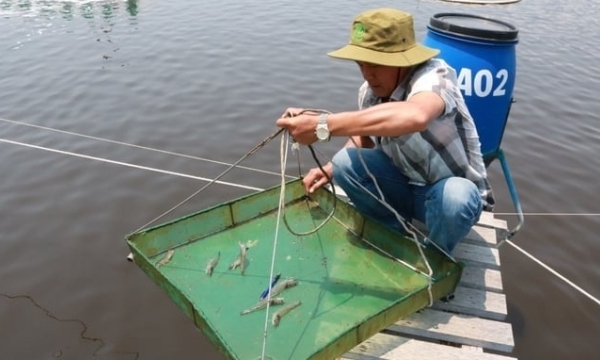
(VAN) According to the Department of Animal Health, Vietnam currently has 32 disease-free shrimp production facilities nationwide, including 27 facilities with a post larvae capacity of 38 billion per year.